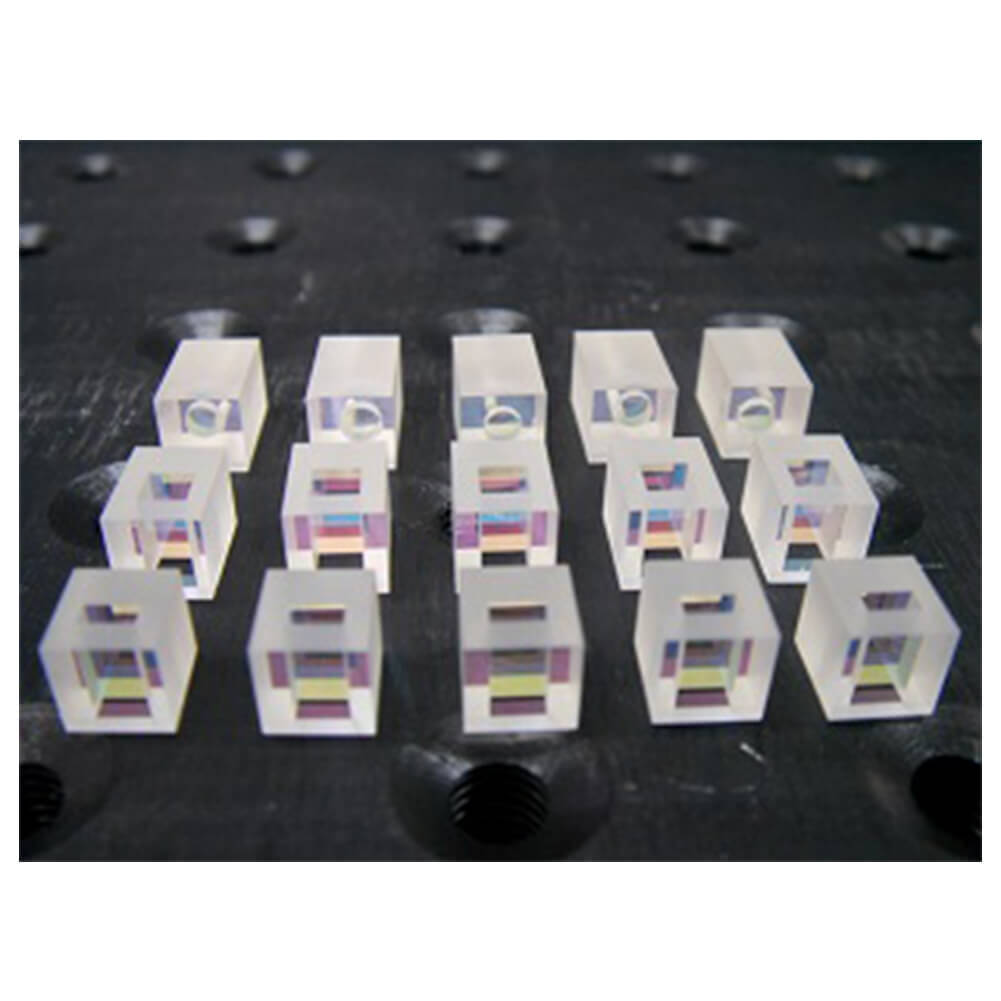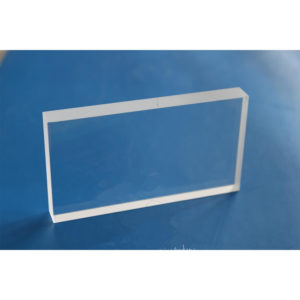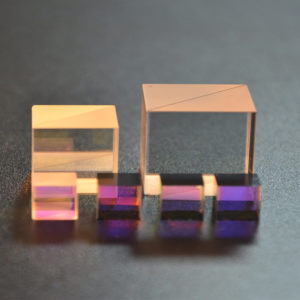Etalons
High precision technology
Strictly quality control
Innovation and Design by customer request
An etalon functions as a periodic, narrowband wavelength filter in which a light beam undergoes multiple reflections between two reflecting surfaces. It requires high quality, very flat optical surfaces and extreme parallelism to achieve high performance. They are widely used in telecommunications, lasers and spectroscopy to control and measure the wavelengths of light. Sixpluse provides high quality air-spaced etalons, solid etalons.
Air-Spaced Etalons consist of two extremely parallel plates polished to very tight specification with an air gap between them. The inner surfaces of the plates are coated with partially reflecting coatings; the outer surfaces are coated with antireflection coatings. The spacer is a type of low expansion material such as ULE, fused silica or Zerodur which is optically contacted between the two plates to create an air gap. Air-spaced etalons are available in a wide range of FSR values from 1500 GHz to 10 GHz.
| Plate Material | Fused Silica |
| Spacer Material | Fused Silica, ZerodurÆ, or ULE |
| Flatness | l/100 |
| Parallelism | l/100 |
| Gap | 3m to 50mm |
| Clear Apertures | 2mm to 100mm |
| Outside Diameter | Clear Aperture + 15% |
| Wavelengths | 157nm to 3m |
| Finesse | Up to 100FSR |
| Coatings | Standard and Custom |
| Housing | Acetal or Aluminum |
Solid Etalons are made from a single plate with partially reflecting coatings on both sides. The two surfaces have excellent parallelism and flatness. The cavity is formed by the plate thickness. Solid etalons are available in a wide range of FSR values from 1500 GHz to 10 GHz.
| Material | Fused Silica |
| Flatness | l/100 |
| Parallelism | l/100 |
| Clear Aperture | 2mm to 125mm |
| Diameters | 3mm to 150mm |
| Thickness | 50m to 20mm |
| Wavelengths | 157nm to 3m |
| Finesse | Up to 50FSR |
| Coatings | Standard and Custom |
| Housing | Acetal or Aluminum |
Etalon can be tuned over a limited range to shift their peak wavelength. Here are the three techniques.
- Angular tuning: As the incident angle increases, the phase shift per traversal changes and the center wavelength can be tuned down.
- Temperature tuning: This technique is primarily for solid etalons. The temperature-tuning changes both the cavity thickness and the refractive index, which shift the center wavelength. One example is solid silicon etalons. They are often used as tunable dispersion compensators.




